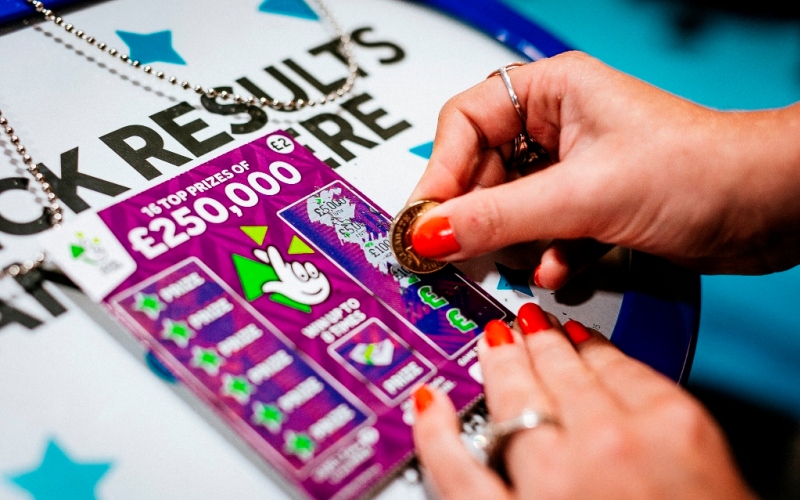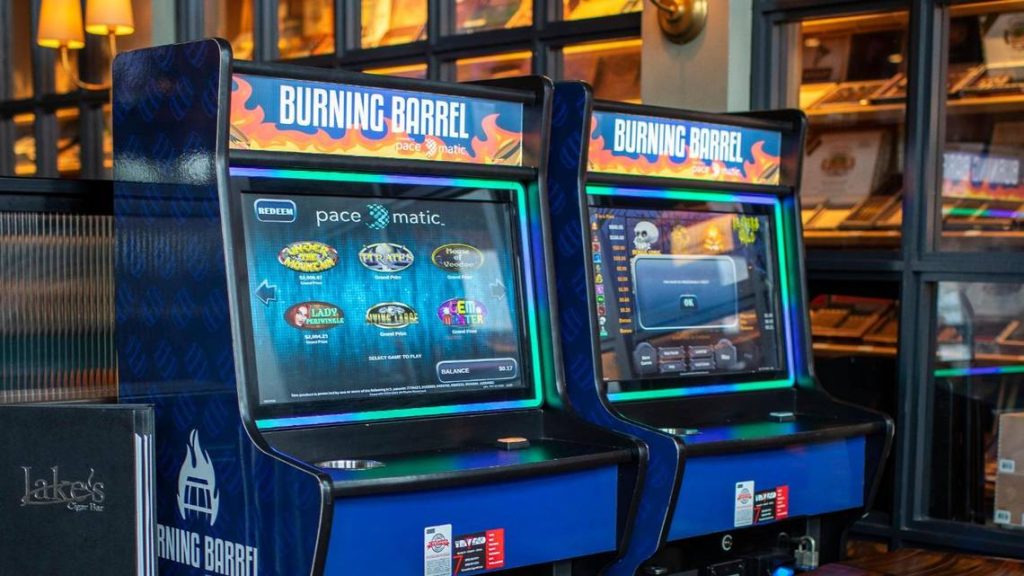Unleash Your Winning Potential with Thrilling Online Casino Gameplay
The world of online casinos offers a captivating blend of excitement, strategy, and opportunity, making it the perfect playground for those eager to unleash their winning potential. At its core, online casino gameplay revolves around a dynamic mix of skill and chance, where players can explore countless options tailored to suit every level of expertise. Whether you are a seasoned player or just dipping your toes into the vibrant realm of online gaming, there is no shortage of engaging experiences that can help you hone your skills while chasing that elusive win. The thrill of wagering, coupled with the satisfaction of strategically mastering a game, creates an electrifying atmosphere that keeps players coming back for more. One of the standout features of online casinos is the unparalleled accessibility they provide. With just a few clicks, you can step into a virtual world brimming with excitement, anytime and anywhere.
This convenience allows you to tailor your gaming sessions to fit your lifestyle, Fun888 offering short bursts of fun during a busy day or extended sessions for those moments when you want to dive deeper. Additionally, the variety of games available ensures there is something for everyone, whether you prefer games of pure chance or those that require strategic thinking and careful planning. Online casino platforms also provide tools and features to help you maximize your winning potential. Tutorials, practice modes, and guides are often available to help you refine your approach and deepen your understanding of the games. This makes it easier to explore strategies and techniques in a risk-free environment before applying them in real gameplay. By experimenting and learning, you can develop a personalized approach that increases your odds and enhances your overall enjoyment.
Another benefit of online casino gaming is the sense of community it fosters. From live dealer games that bring the atmosphere of a brick-and-mortar casino to your screen, to forums and chat rooms where players share tips and experiences, the social aspect of online gaming adds an extra layer of excitement. Engaging with fellow players not only enriches the experience but also provides valuable insights that can improve your gameplay and click here for Fun88 APP Download. Of course, the key to truly unleashing your winning potential lies in maintaining a balance between fun and responsibility. Setting limits, managing your bankroll wisely, and playing with a clear head are essential for a positive gaming experience. When approached with mindfulness and strategy, online casino gaming becomes more than just entertainment it becomes a thrilling opportunity to challenge yourself, sharpen your skills, and enjoy the journey toward success.



